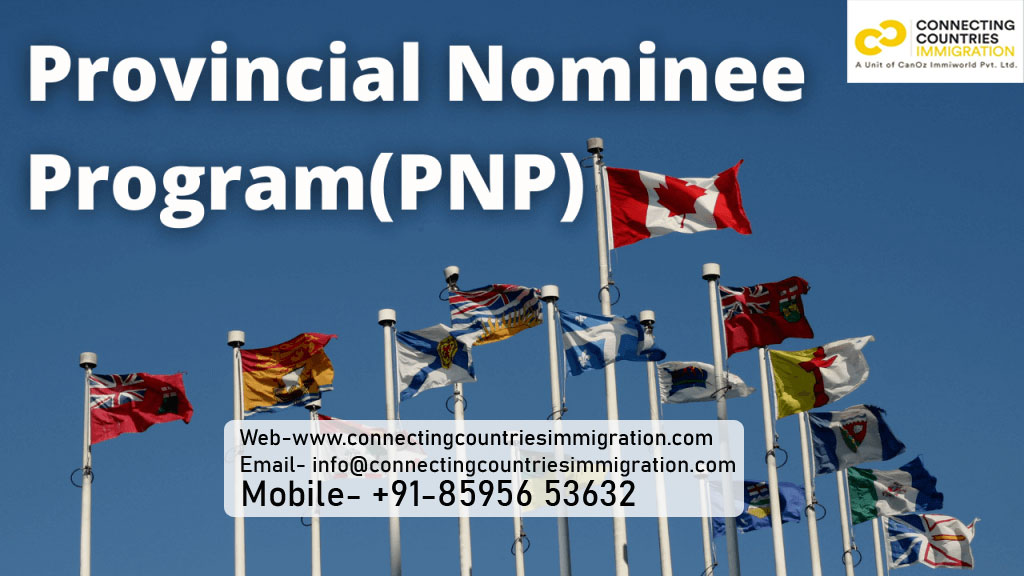The Provincial Nominee program (PNP) is a Canadian immigration scheme for those who desire to live as permanent residents in a province or territory. Each province and territory in Canada has its own provincial nominee program that is tailored to the needs and expectations of the local labour market.
The federal government has expanded the number of immigrants accepted for permanent residency through PNPs over the years. Between 2020 and 2023, Canada hopes to admit approximately 200,000 persons under the PNP.
How many PNPs exist in Canada?
Every province or territory in Canada has a PNP with multiple immigration streams. The primary Canada PNP programs are as follows:
Alberta Immigrant Nominee Program (AINP)
• British Columbia Provincial Nominee Program (BC PNP)
• Manitoba Provincial Nominee Program (MPNP)
• Ontario Immigrant Nominee Program (OINP)
• Saskatchewan Immigrant Nominee Program (SINP)
• Prince Edward Island Provincial Nominee Program (PEI PNP)
• New Brunswick Provincial Nominee Program (NBPNP)
• Newfound Land and Labrador’s Provincial Nominee Program (NLPNP)
• Nova Scotia Nominee Program (NSNP)
Am I eligible for the Canada PNP?
The eligibility criteria for the Provincial Nominee Program (PNP) differ from province to province.
Because PNPs are part of an economic immigration policy, they are usually designed to attract people who can easily contribute to the economy and have a high likelihood of remaining in that province. As a result, certain PNPs prioritize immigrants with experience in in-demand occupations in that province. Other PNPs favour immigrants who have a relationship to the province, such as a relative, because it improves the likelihood that they will stay in the province.



